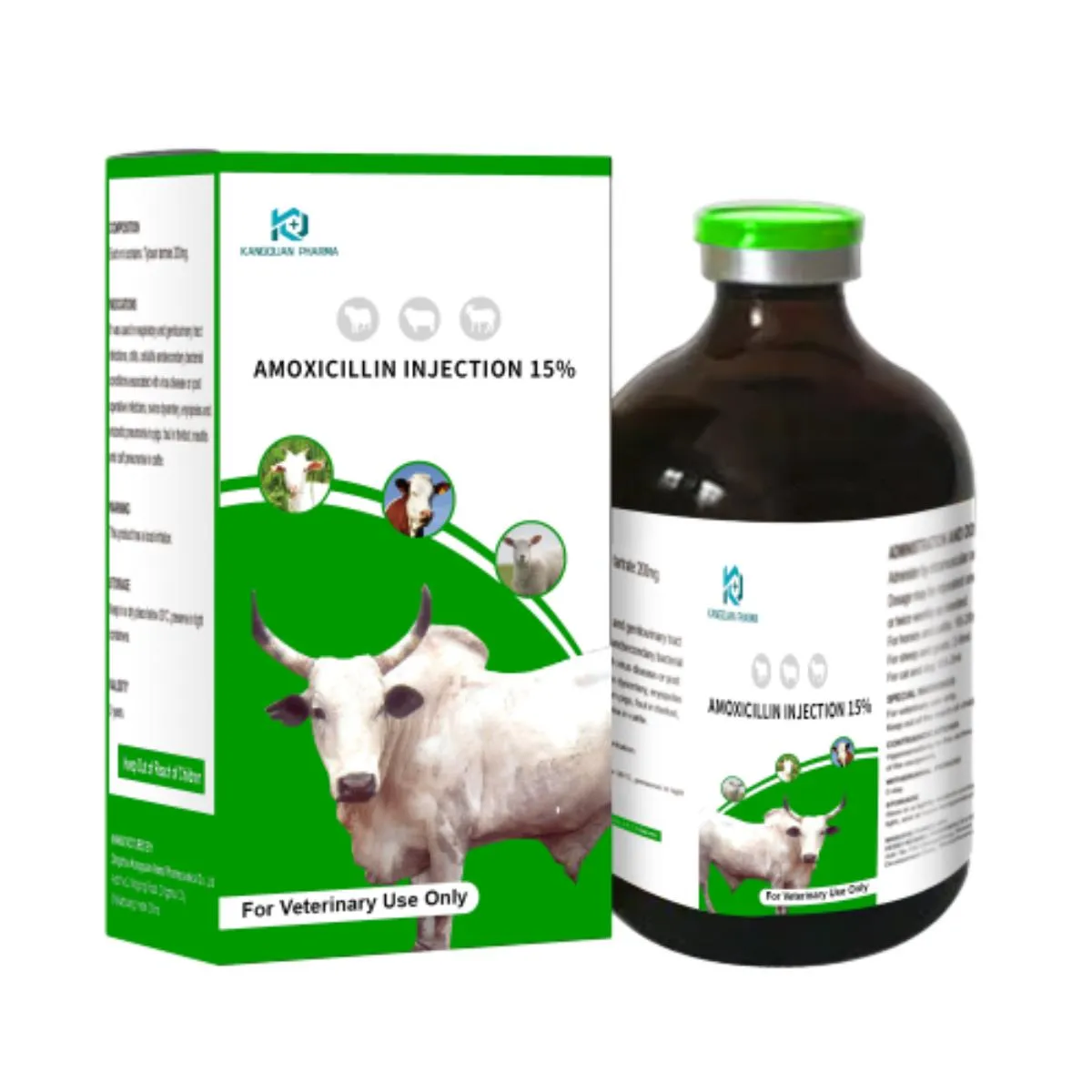- Afrikaans
- Albanian
- Amharic
- Arabic
- Armenian
- Azerbaijani
- Basque
- Belarusian
- Bengali
- Bosnian
- Bulgarian
- Catalan
- Cebuano
- Corsican
- Croatian
- Czech
- Danish
- Dutch
- English
- Esperanto
- Estonian
- Finnish
- French
- Frisian
- Galician
- Georgian
- German
- Greek
- Gujarati
- Haitian Creole
- hausa
- hawaiian
- Hebrew
- Hindi
- Miao
- Hungarian
- Icelandic
- igbo
- Indonesian
- irish
- Italian
- Japanese
- Javanese
- Kannada
- kazakh
- Khmer
- Rwandese
- Korean
- Kurdish
- Kyrgyz
- Lao
- Latin
- Latvian
- Lithuanian
- Luxembourgish
- Macedonian
- Malgashi
- Malay
- Malayalam
- Maltese
- Maori
- Marathi
- Mongolian
- Myanmar
- Nepali
- Norwegian
- Norwegian
- Occitan
- Pashto
- Persian
- Polish
- Portuguese
- Punjabi
- Romanian
- Russian
- Samoan
- Scottish Gaelic
- Serbian
- Sesotho
- Shona
- Sindhi
- Sinhala
- Slovak
- Slovenian
- Somali
- Spanish
- Sundanese
- Swahili
- Swedish
- Tagalog
- Tajik
- Tamil
- Tatar
- Telugu
- Thai
- Turkish
- Turkmen
- Ukrainian
- Urdu
- Uighur
- Uzbek
- Vietnamese
- Welsh
- Bantu
- Yiddish
- Yoruba
- Zulu
9 月 . 07, 2024 11:14 Back to list
Effective Disinfectants for Veterinary Practice
Disinfectants Used in Veterinary Practice Importance and Considerations
In the realm of veterinary medicine, maintaining a clean and safe environment is crucial for the health of animals and the protection of public health. Disinfectants play an essential role in this process, as they help eliminate pathogens, reduce the risk of infections, and ensure a hygienic space for both animals and practitioners. Understanding the various types of disinfectants and their appropriate use in veterinary practice can fundamentally enhance the effectiveness of an animal healthcare facility.
Veterinary practices are continually exposed to a diverse array of microorganisms, including bacteria, viruses, fungi, and parasites. These pathogens can be particularly resilient, necessitating robust cleaning protocols. Disinfectants differ widely in their spectrum of activity, efficacy against specific pathogens, and safety profiles. Commonly used categories include quaternary ammonium compounds (quats), phenolic compounds, bleach (sodium hypochlorite), and iodophors, each with unique properties that make them suitable for different situations.
Quaternary ammonium compounds are favored for their effectiveness against a broad range of pathogens, including many bacteria and some viruses. They are appreciated for their low toxicity and ability to leave a residual antimicrobial effect, making them ideal for general surface disinfection in veterinary clinics. However, they may not be effective against certain resistant bacterial spores or non-enveloped viruses.
On the other hand, phenolic compounds offer strong disinfectant properties and are effective against a wide range of pathogens, including some viruses that are resistant to quats. They are often used in areas with high microbial loads, such as surgical suites or kennels. However, their potential toxicity and the need for thorough rinsing can pose challenges when opting for these disinfectants.
disinfectants used in veterinary practice

Bleach is an affordable and highly effective disinfectant known for its ability to kill a broad spectrum of pathogens, including spores. It is commonly used in areas requiring exceptional disinfection, such as after outbreaks of highly contagious diseases. However, it is corrosive, can damage surfaces, and poses health risks to humans and animals if not used correctly.
Iodophors are also effective against a broad spectrum of organisms and are particularly valued for their safety and skin-friendly properties, making them suitable for applications where skin contact occurs, such as surgical preparations.
When implementing disinfectants in veterinary practice, it is essential to consider proper dilution, contact time, and compatibility with surfaces and materials. Furthermore, staff education on the correct use and potential hazards of these substances cannot be overstated, as improper use can lead to ineffective disinfection and increased health risks.
In conclusion, disinfectants are a cornerstone of veterinary practice, playing a pivotal role in infection control and ensuring the wellbeing of both animals and humans. By understanding the various types available and their specific applications, veterinary professionals can create safer environments that foster better health outcomes in their patients. Ultimately, the commitment to effective disinfection reflects the broader dedication of veterinary practitioners to uphold the highest standards of care.
-
The Power of Radix Isatidis Extract for Your Health and Wellness
NewsOct.29,2024
-
Neomycin Sulfate Soluble Powder: A Versatile Solution for Pet Health
NewsOct.29,2024
-
Lincomycin Hydrochloride Soluble Powder – The Essential Solution
NewsOct.29,2024
-
Garamycin Gentamicin Sulfate for Effective Infection Control
NewsOct.29,2024
-
Doxycycline Hyclate Soluble Powder: Your Antibiotic Needs
NewsOct.29,2024
-
Tilmicosin Premix: The Ultimate Solution for Poultry Health
NewsOct.29,2024













